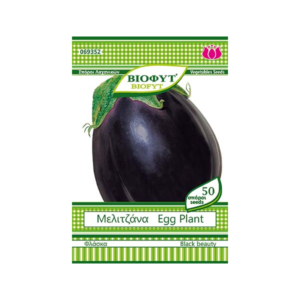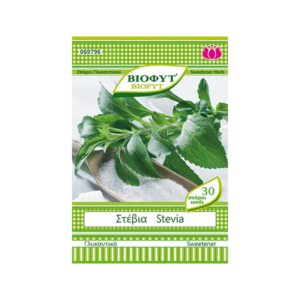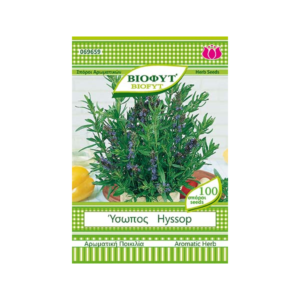Pepper Green
Pepper Green
Peppers, the vegetable with the unique taste and the most colors than any other vegetable! Peppers are a key ingredient of Mediterranean cuisine, combining a unique taste, crunchy texture and characteristic aroma. The pepper crop reaches a height of about 1 meter and, depending on the variety, forms fruits in various shapes, from oblong to rounder with bright colors such as green, yellow, orange and red. The fruit of the pepper has a very important nutritional value as it contains many vitamins and antioxidants, very beneficial for our health. At the same time, it has a low fat content and is therefore suitable for weight loss diets. The pepper plant belongs to the same family as the tomato and eggplant, the Solanaceae family, and they are native to Central and South America. Pepper cultivation usually begins in the spring. It is a relatively easy crop that with proper care gives us many fruits to enjoy in the summer.
Pepper cultivation has quite a lot of water needs to thrive and needs regular watering. We water the peppers about 2 times a week during the spring and autumn. In the hot summer months, peppers need more frequent watering, about every 2 days. A suitable system for watering the vegetable garden and peppers is drip irrigation, as it ensures uniform watering, saves water and avoids the growth of many unwanted grasses (weeds). We are careful during flowering, as the lack of water as well as excessive watering can cause the pepper flowers to fall, resulting in a reduced fruiting of the plants.









